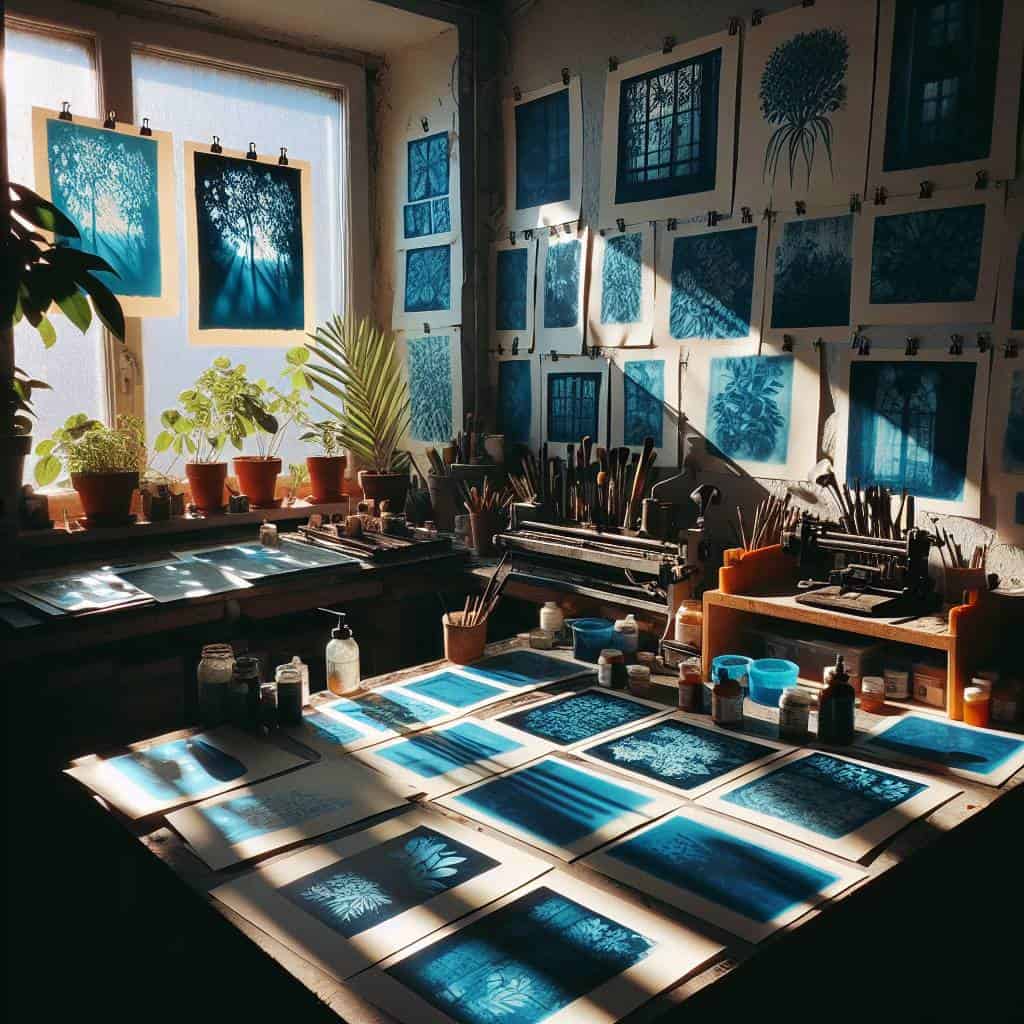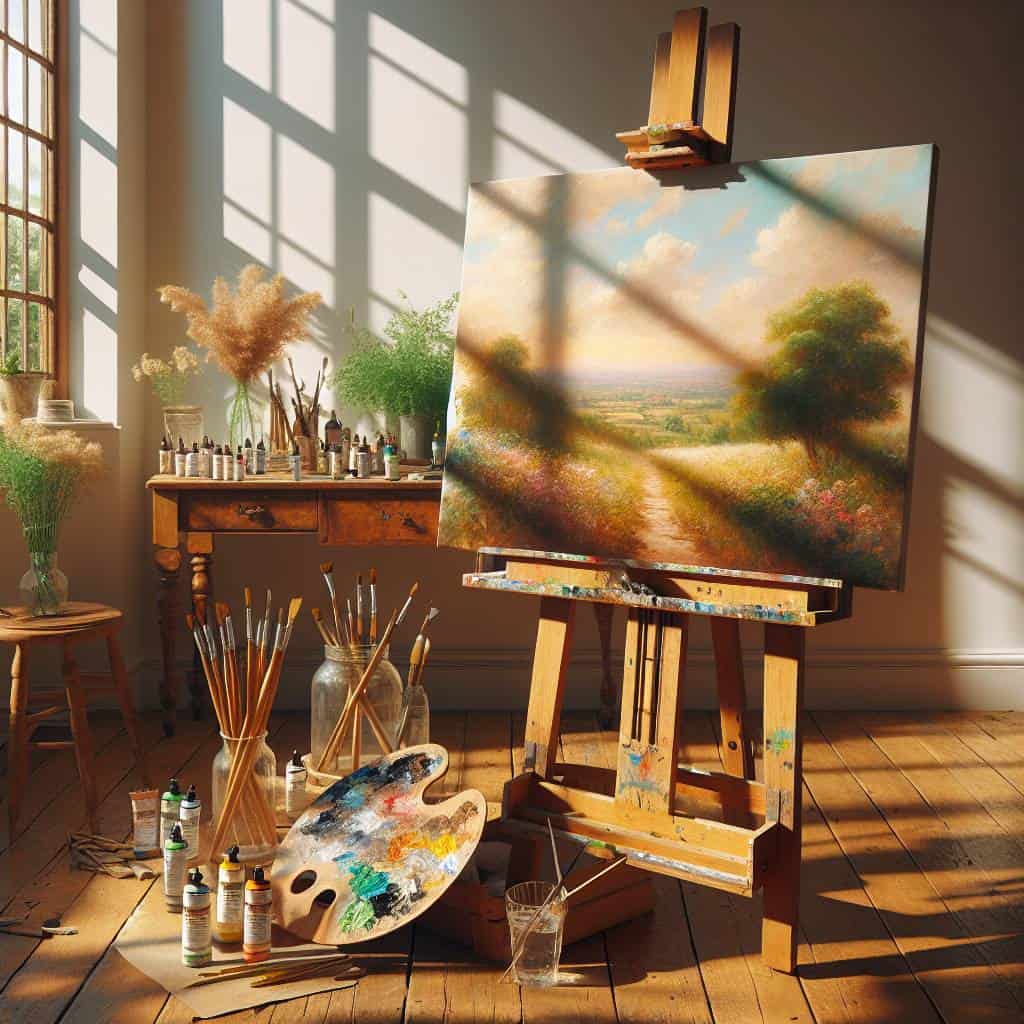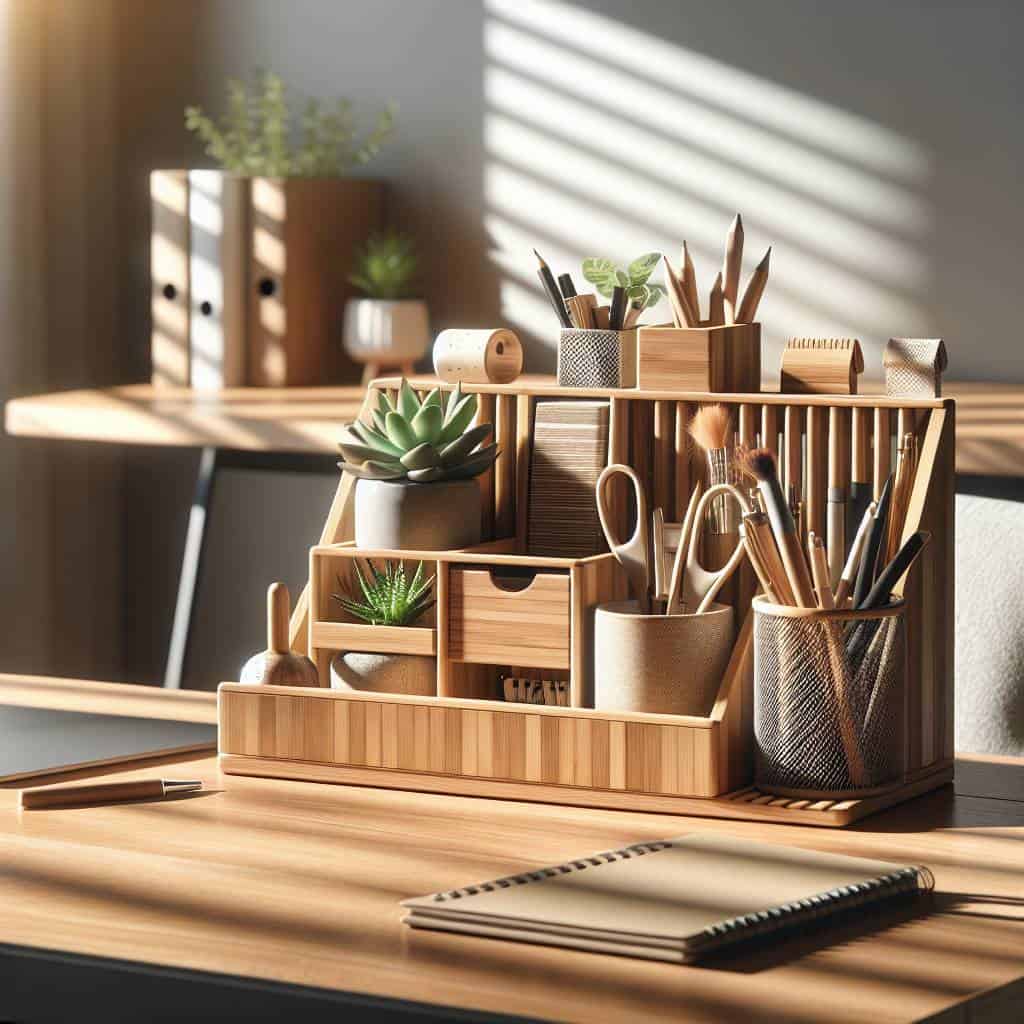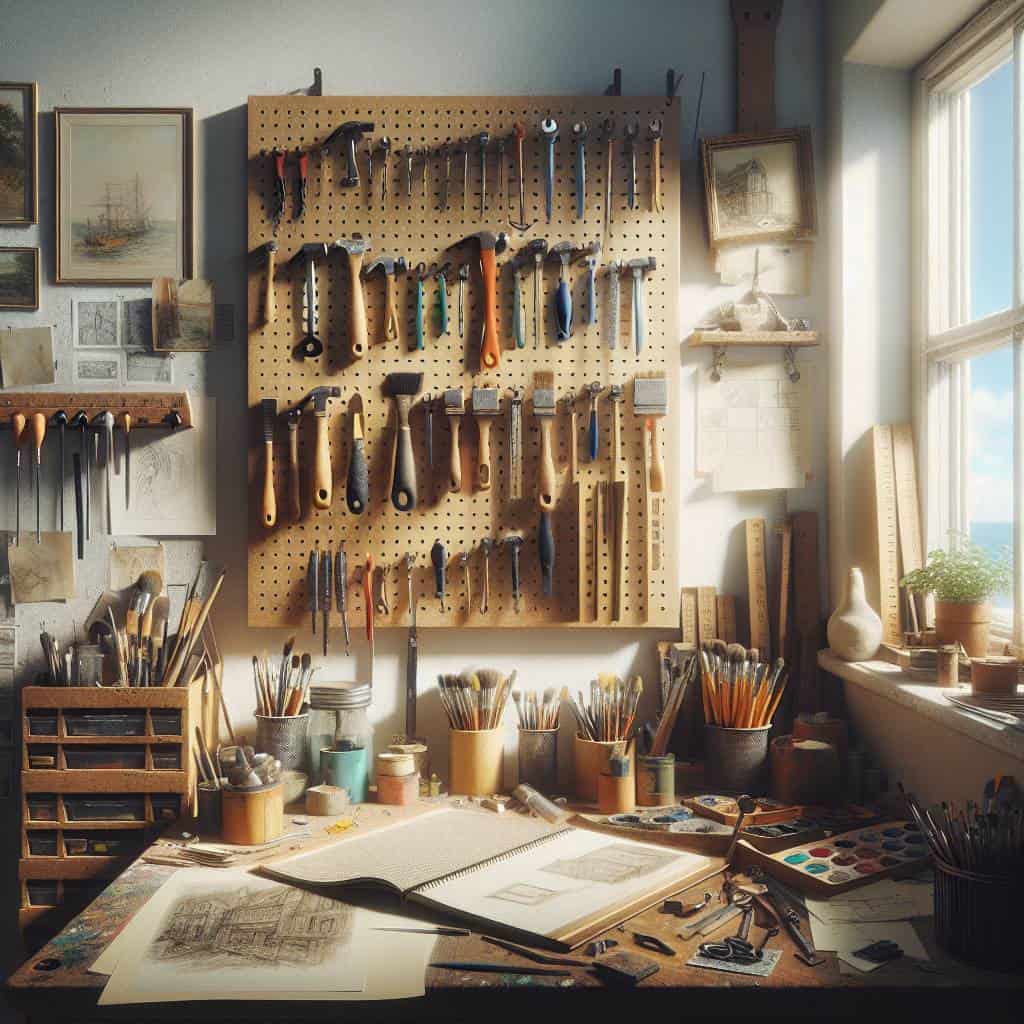I remember the first time I attempted to build a picture frame. Armed with misplaced confidence and a borrowed miter saw, I was convinced I’d craft a masterpiece worthy of showcasing my art school days’ finest. Instead, I ended up with something that could only be described as a splintered homage to my failures in geometry. It was the kind of art that begged for forgiveness from the wall it hung on. But those misaligned edges taught me something indispensable: precision in framing is not just a skill—it’s an art form all its own.
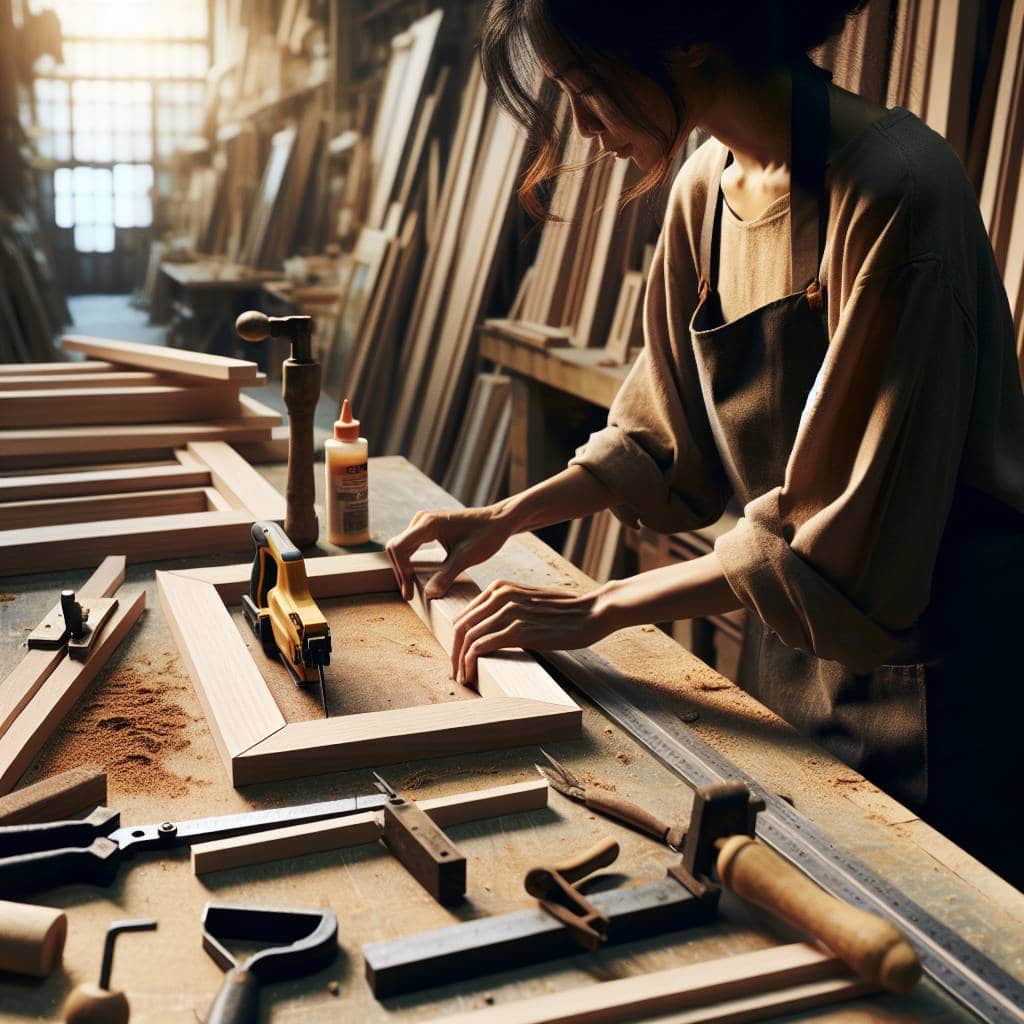
So, here’s the deal. We’re diving deep into the world of custom framing, where the devil is truly in the details. Forget the cookie-cutter kits and mass-produced mediocrity. We’re talking about creating frames that enhance, not overshadow, your art. We’ll explore everything from the fundamental woodworking techniques to the subtle art of display. Because if there’s one thing I’ve learned, it’s that the right frame doesn’t just hold a picture—it tells a story, and I’m here to help you craft yours with the precision it deserves.
Table of Contents
The Art of Not Losing a Finger: My Journey into Custom Frame Making
Let me tell you—dipping my toe into the world of custom frame making was akin to diving headfirst into a canvas of chaos and potential calamity. Not losing a finger in this endeavor is both a badge of honor and a testament to the delicate dance between creation and caution. In the bustling metropolis, where I design by day and saw by night, I found solace in the tactile art of woodworking. The allure of crafting something so intimately bound to the art it embraces was irresistible. But let’s not romanticize it too much. The first time I picked up a miter saw, I learned quickly that precision isn’t just a preference; it’s a survival tool.
The charm of creating custom frames lies in the confluence of art and engineering. Every piece of wood is a challenge—a puzzle that demands precision. And in a city that doesn’t suffer fools, I knew I had to master the basics. I became obsessed with angles, with the grain of the wood, and the way a frame can transform a simple piece of art into a masterpiece. This isn’t just about cutting four pieces of wood and hoping they fit together. It’s about understanding the soul of the artwork and building a frame that not only complements but elevates it. Each cut, each joint, is a testament to nuance—a celebration of detail over the slapdash. It’s a reminder that art is as much about the canvas as it is about the display.
In the end, what began as a hobby has become a meditation on patience and precision. I’ve learned more about art from framing than from any design class. The art of not losing a finger, it turns out, is also the art of finding beauty in boundaries. It’s about knowing where to cut, where to sand, and where to let the natural imperfections of the wood speak for themselves. This is the essence of custom framing: a marriage of meticulous craftsmanship and artistic intuition. It’s about making the invisible visible, allowing the frame to serve as the quiet hero of the displayed art. Here, every detail matters—a philosophy I carry with me from the design studio to the woodworking bench.
The Art of Framing: Crafting Beyond the Canvas
A picture frame is not just a border; it’s the handshake between art and viewer. When you build your own, you’re not just crafting wood—you’re crafting context.
The Frame That Redefined My Perspective
Creating a picture frame from scratch is like crafting a personal manifesto—every cut, every joint, every layer of lacquer tells a story uniquely yours. It’s not just about encasing art; it’s about elevating it, transforming the ordinary into something extraordinary. The frame becomes an extension of the artwork itself, a silent partner in the visual dialogue. For me, this journey into woodworking wasn’t just about keeping my fingers intact (though that was a nice bonus). It was about embracing the precision that I preach, diving into the details, and letting them guide my hands as much as my eyes.
As I step back, admiring the finished piece, I see more than wood and glass. I see the culmination of countless choices, each one a brushstroke on the canvas of my creative life. The process of building that frame mirrored my own evolution as a designer—meticulous, intentional, and unapologetically authentic. In a world that often favors the quick and easy, I found the value in what’s handcrafted and unique. The irony, of course, is that while the art within may change, the frame remains, a constant reminder of the journey and the beauty found in the details. And maybe, just maybe, that’s the true art of framing.
